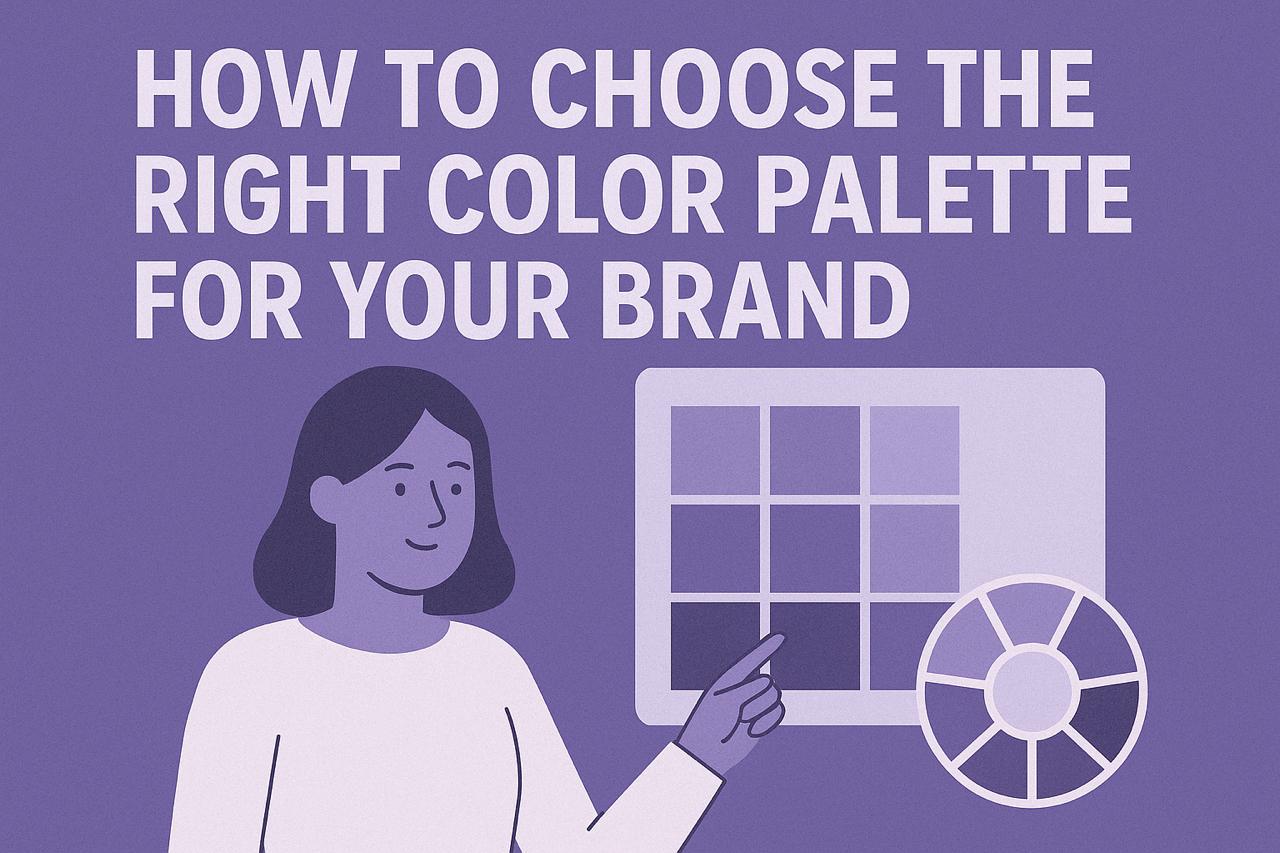10 UI/UX Design Trends to Watch in 2025

10 UI/UX Design Trends to Watch in 2025
Explore the cutting-edge design trends that will shape user experiences in 2025 and beyond, from 3D elements to voice interfaces.
The Evolution of UI/UX Design in 2025
As we move further into 2025, the landscape of UI/UX design continues to evolve at a rapid pace. Technological advancements, changing user expectations, and new digital platforms are all driving innovation in how we design digital experiences.
At Geique Tech, we're constantly monitoring these shifts to ensure our designs remain at the cutting edge. Here are the top 10 trends we believe will dominate the UI/UX space this year:
1. Advanced 3D Elements
Three-dimensional design elements are becoming increasingly sophisticated and accessible. With improvements in browser capabilities and device processing power, designers can now incorporate realistic 3D objects that users can interact with directly in the interface.
- Key benefit: Creates immersive experiences that engage users on a deeper level
- Best applications: Product showcases, educational platforms, and interactive storytelling
- Tools to watch: Spline, Three.js, and WebGL frameworks
2. Voice User Interfaces (VUI)
Voice interactions are no longer limited to smart speakers. In 2025, we're seeing sophisticated voice interfaces integrated directly into websites and applications, creating multimodal experiences that combine visual and voice interactions.
- Key benefit: Enhances accessibility and allows for hands-free operation
- Best applications: E-commerce, navigation systems, and content consumption
- Implementation tip: Focus on natural language processing that understands context
3. Micro-interactions with Purpose
Micro-interactions have evolved from simple visual flourishes to meaningful elements that guide users through their journey. These small animations and feedback mechanisms now serve specific purposes in the user experience.
"The best micro-interactions aren't just delightful—they're informative, providing users with context and guidance at exactly the right moment."
4. Adaptive Interfaces
AI-powered interfaces that adapt to individual user behavior are becoming mainstream. These systems analyze user patterns and preferences to dynamically adjust layouts, content, and navigation paths.
- Key benefit: Personalized experiences that improve over time
- Implementation challenge: Balancing personalization with predictability
- Privacy consideration: Transparent data collection practices are essential
5. Augmented Reality Integration
AR is moving beyond dedicated apps and becoming a standard feature in web and mobile interfaces. From virtual try-ons to spatial computing experiences, AR elements are enhancing how users interact with digital content.
6. Ethical and Inclusive Design
Designing for all users is no longer optional. In 2025, we're seeing a stronger emphasis on creating interfaces that are accessible, inclusive, and ethically sound.
- Key considerations: Color contrast, screen reader compatibility, and cultural sensitivity
- Business impact: Broader user base and stronger brand reputation
- Tools to implement: Accessibility checkers and inclusive design systems
7. Neumorphism 2.0
The soft UI trend has evolved into a more practical and accessible design approach. Neumorphism 2.0 maintains the tactile, physical feel while addressing previous contrast and usability concerns.
8. Data Visualization Innovations
As data becomes increasingly central to user experiences, new approaches to visualization are emerging. Interactive, real-time data displays that allow users to explore information in intuitive ways are becoming standard.
9. Horizontal Scrolling Experiences
Horizontal scrolling is making a comeback, but with improved usability and purpose. This approach is particularly effective for storytelling, product showcases, and timeline-based content.
10. Dark Mode Evolution
Dark mode has evolved beyond simple color inversion. In 2025, we're seeing sophisticated dark mode implementations with carefully considered color palettes, contrast levels, and contextual switching.
Implementing These Trends Effectively
While staying current with trends is important, implementation should always be guided by user needs and business goals. At Geique Tech, we recommend a strategic approach:
- Evaluate each trend against your specific user requirements
- Test new implementations with actual users before full deployment
- Consider the technical implications and performance impact
- Ensure trends enhance rather than detract from core functionality
By thoughtfully incorporating these trends, designers can create forward-looking experiences that delight users while achieving business objectives.
Related Articles
Enjoyed this article?
Subscribe to our newsletter for more insights on design and technology.

